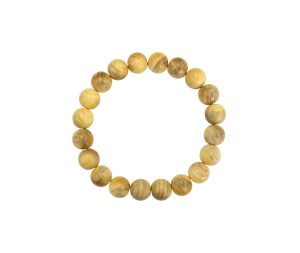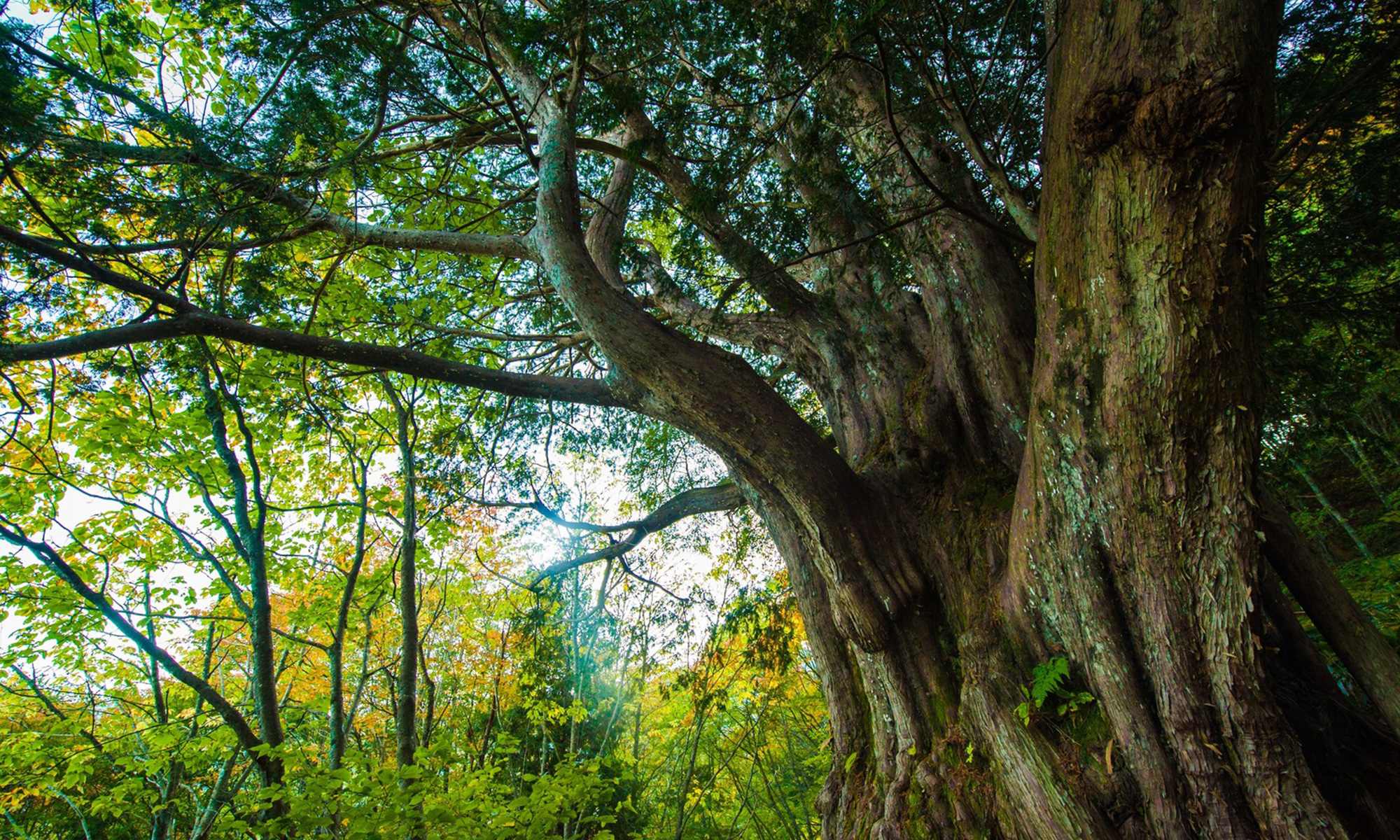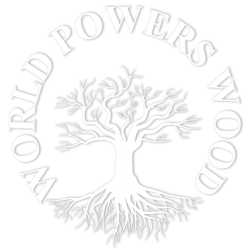
MIKURAJIMA Boxwood
御蔵島柘植(ミクラジマツゲ)
産地;東京都
御蔵島は本州から南に200kmの伊豆諸島のひとつの島で、面積も20.55平方キロメートルで平地も少なく人が住む場所が少なく、居住区も限られ開発は最小限に抑えられています。建物は28戸までと人口増加を防ぐため制限が設けられており、今も戸建ての取得は困難のままです。原生林が生い茂るこの島から採れる柘植は、年輪が細かく固く、磨くと光沢が出て滑らかです。淡黄色~黄金色で美しいので黄楊とかいて「つげ」とも読みます。
それゆえ、高級な将棋の駒や印材などに使われますが、島の面積が少ない上に伐採は禁止。村営林業組合や指定業者のみが取り扱うことがあり、偽物も出回るほど知る人には高級ブランドの柘植のひとつです。
木の力;精神安定、海洋・自然信仰、知恵
MIKURAJIMA Boxwood
Origin: Tokyo
Mikura Island, located about 200 km south of mainland Honshu, is one of the Izu Islands. Covering an area of only 20.55 square kilometers, the island has little flat land and very limited space for habitation or development. Strict regulations limit the number of houses to 28 to prevent population growth, making it difficult even today to acquire a residence there.
The boxwood (tsuge) harvested from this island grows in dense primeval forests and is known for its fine grain, hardness, and smooth, glossy finish when polished. Its pale yellow to golden hue gives it a beautiful appearance, and it is often written with the characters for “yellow boxwood”.
Because of its exceptional quality, Mikura boxwood is used for luxury shogi pieces and seal materials. However, logging is prohibited due to the island’s small size, and only the village forestry cooperative or designated traders are allowed to handle it. Genuine Mikura boxwood is highly prized and even counterfeited, making it one of the most renowned premium boxwoods known to enthusiasts.
Symbolic meanings: Mental stability, Ocean and nature worship, Wisdom

